
Tatiana Cirisano
Browse all of our reports, featuring our analysts' expert insights and analysis of audience segmentation, emerging trends and technologies, value chains, market shares, predictions and more – backed by our proprietary survey data and bespoke models & forecasts. Become a subscriber to get new ones every month, or just pick one to get started.

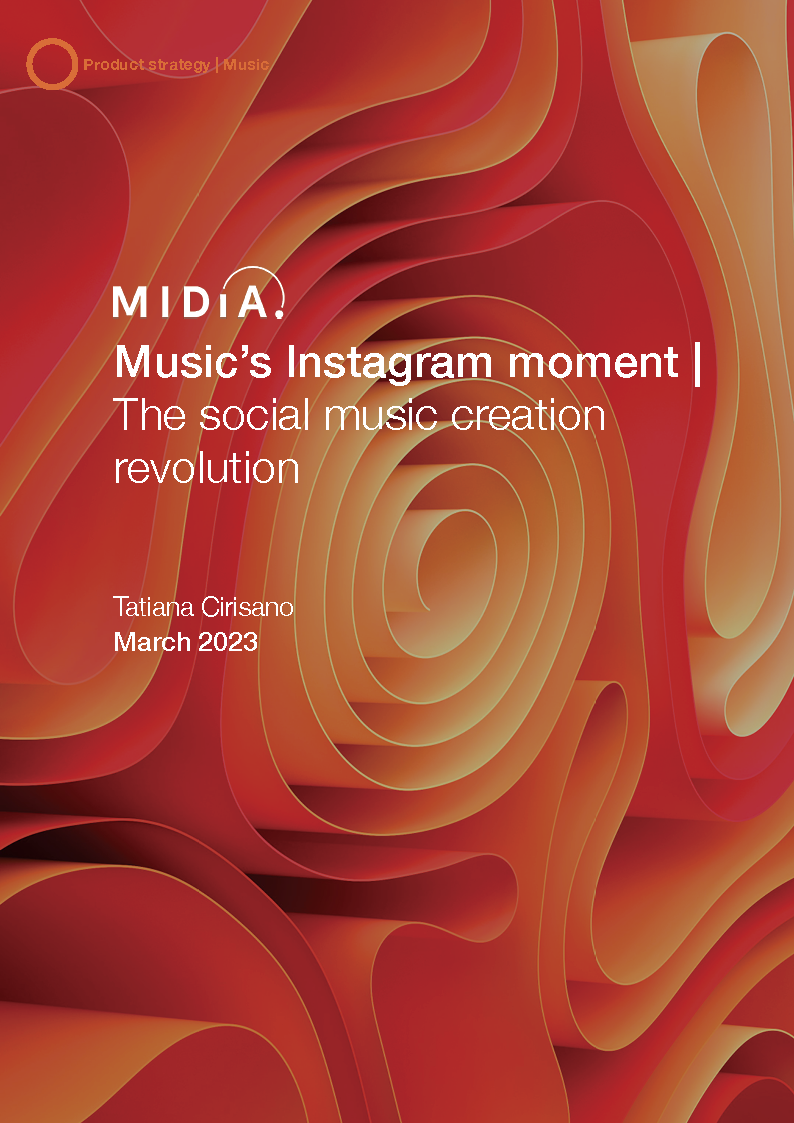
Music’s Instagram moment The social music creation revolution
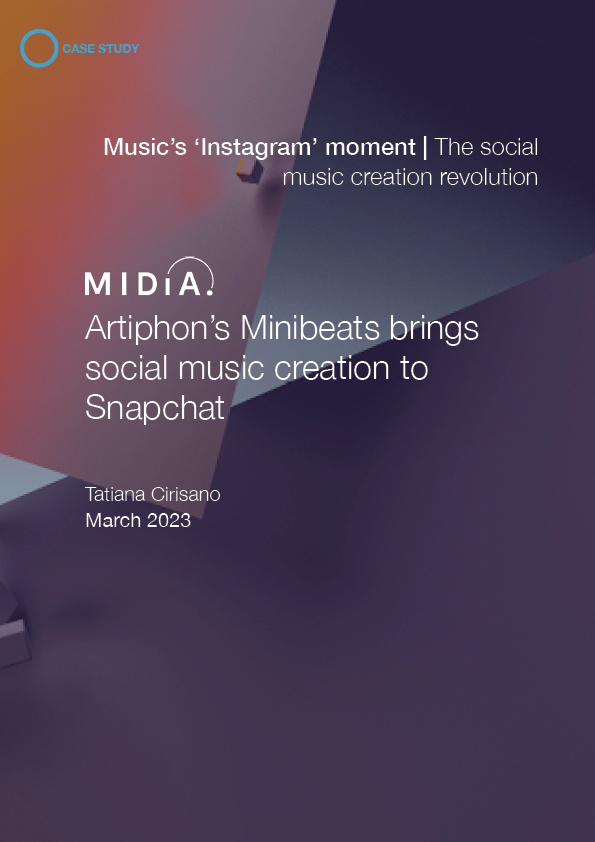
Artiphon’s Minibeats brings social music creation to Snapchat

Should streaming take a cue from TikTok’s revamped creator program?
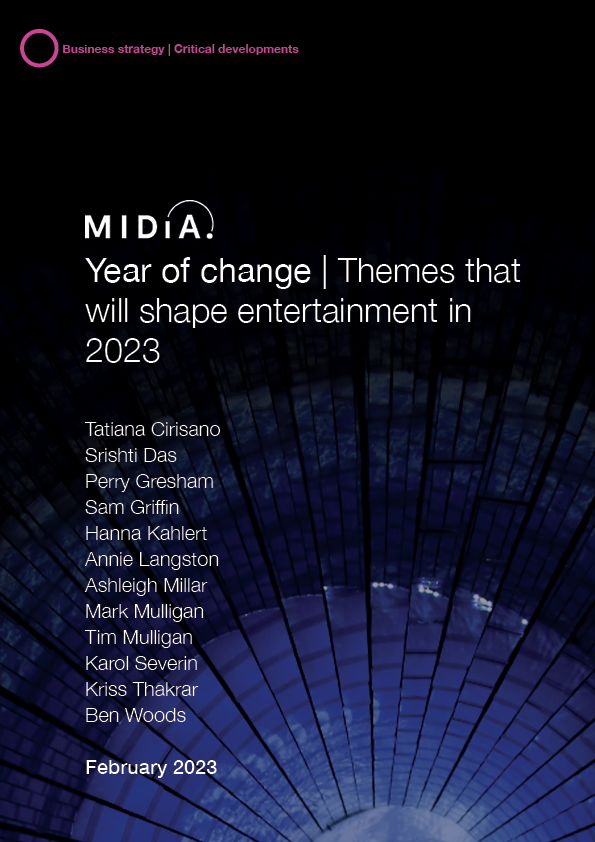
Year of change Themes that will shape entertainment in 2023

At the Grammys and Super Bowl, the last hurrah of the mainstream era

With its Australia experiment, TikTok gives the music industry the ultimate test
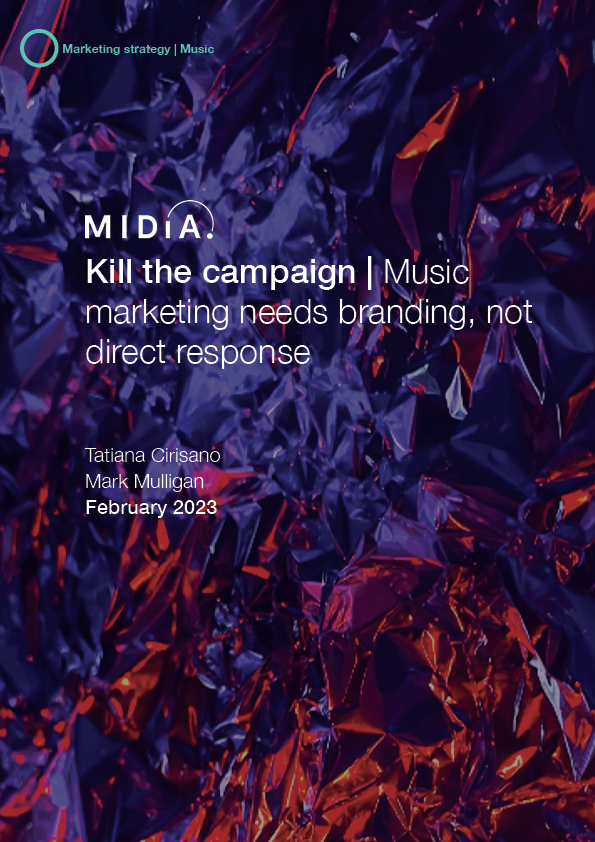
Kill the campaign Music marketing needs branding, not direct response
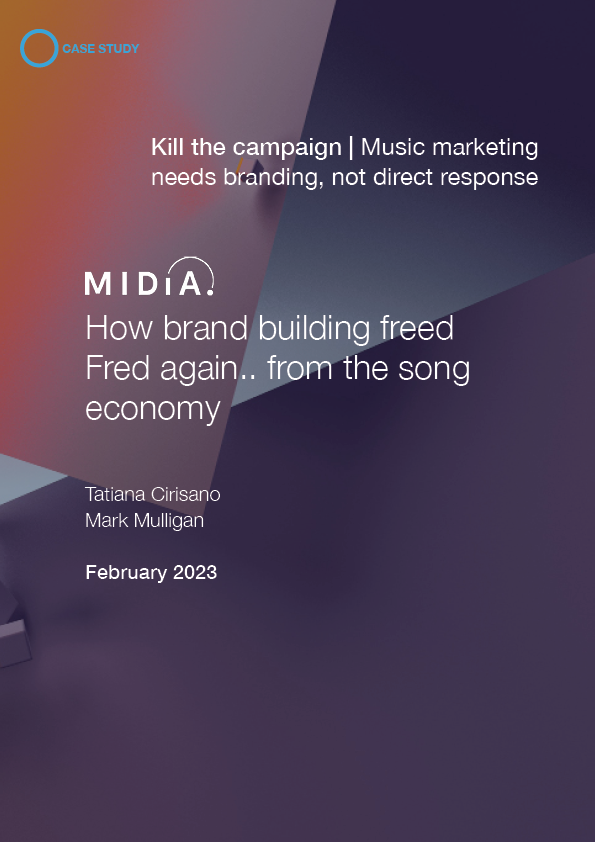
How brand building freed Fred again.. from the song economy

Could AI generate music’s Instagram moment?
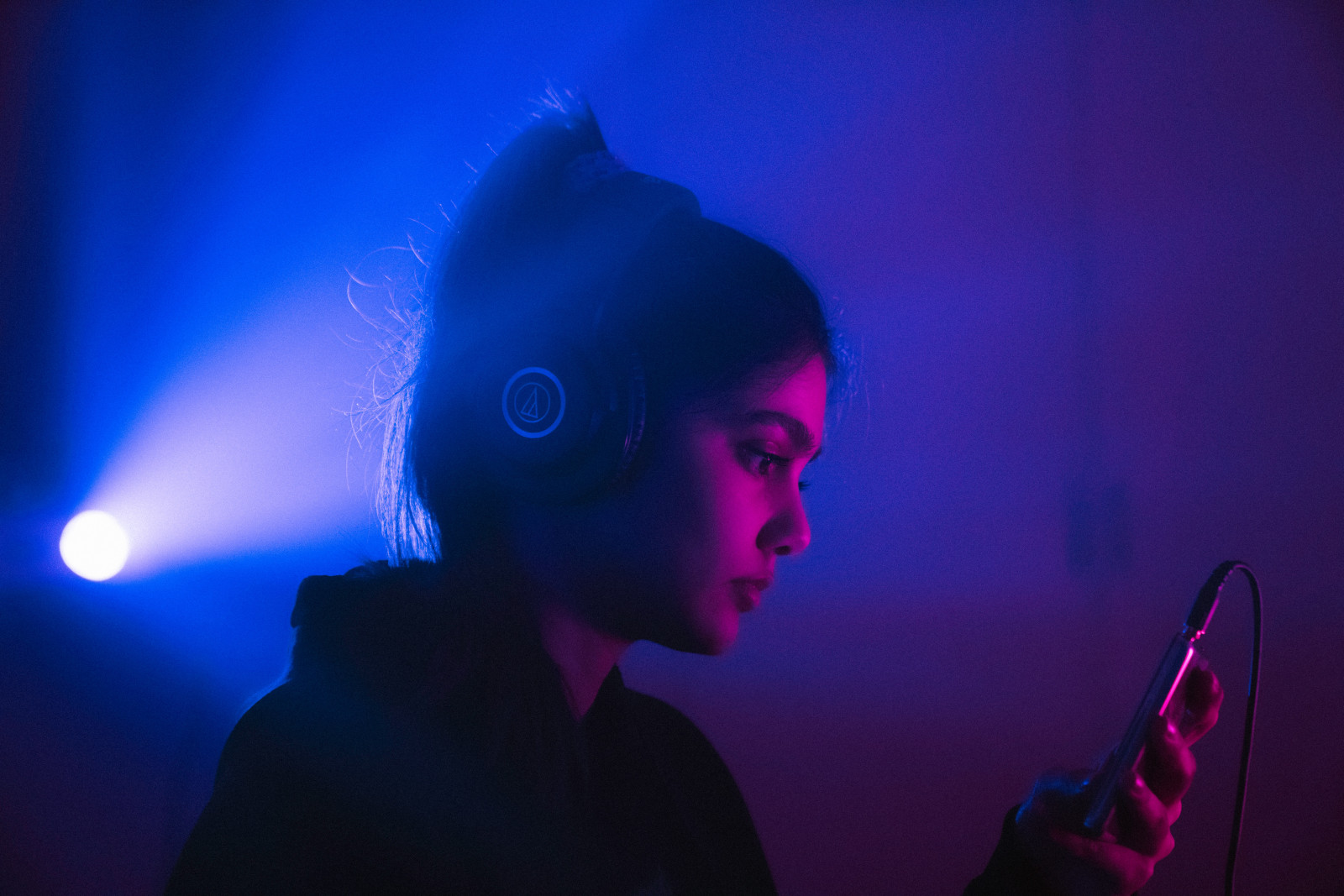
What comes next in the music streaming model makeover

Music discovery in 2023 is about the journey, not the moment

Pivot point MIDiA 2023 predictions
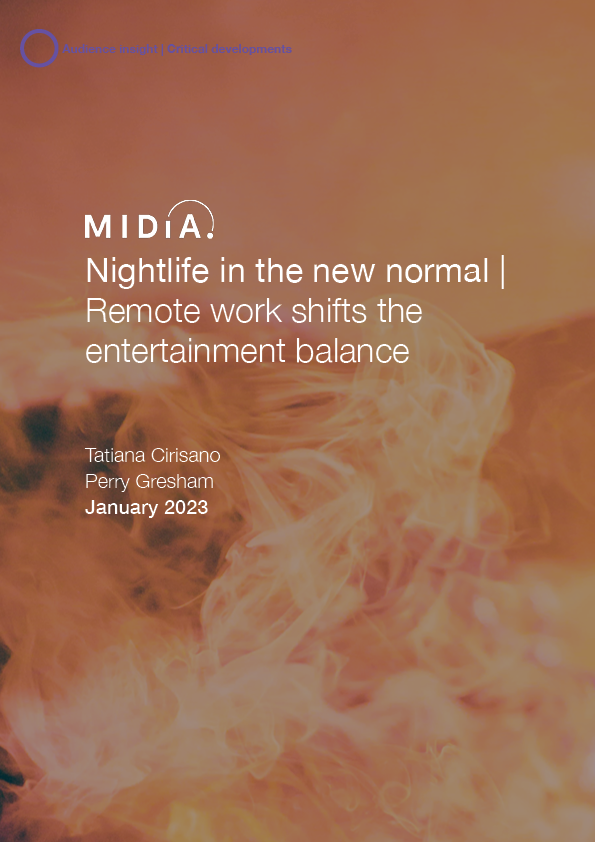
Nightlife in the new normal Remote work shifts the entertainment balance

Music discovery snapshot Q3 2022 Fandom under threat

YouTube is paving a new music discovery pathway — will it work?

What ChatGPT can do for independent music
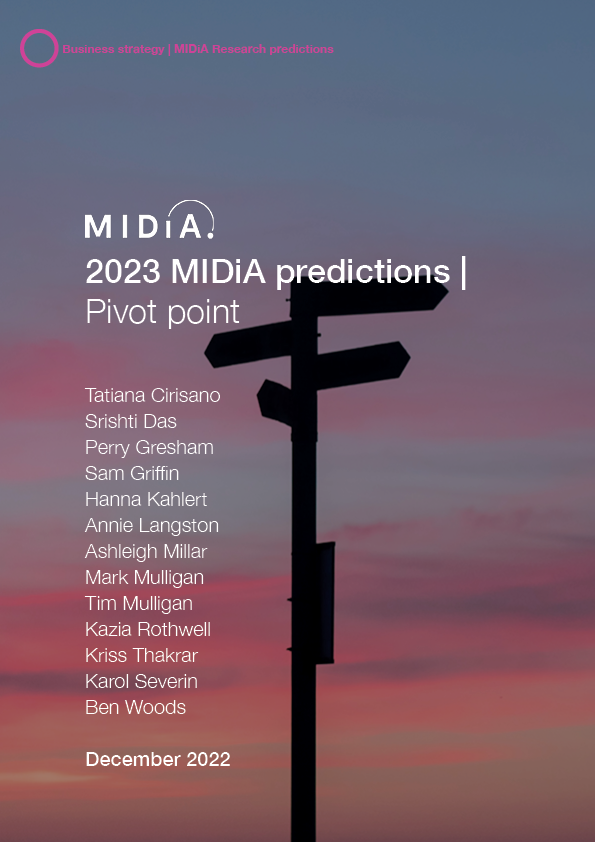
2023 MIDiA predictions Pivot point
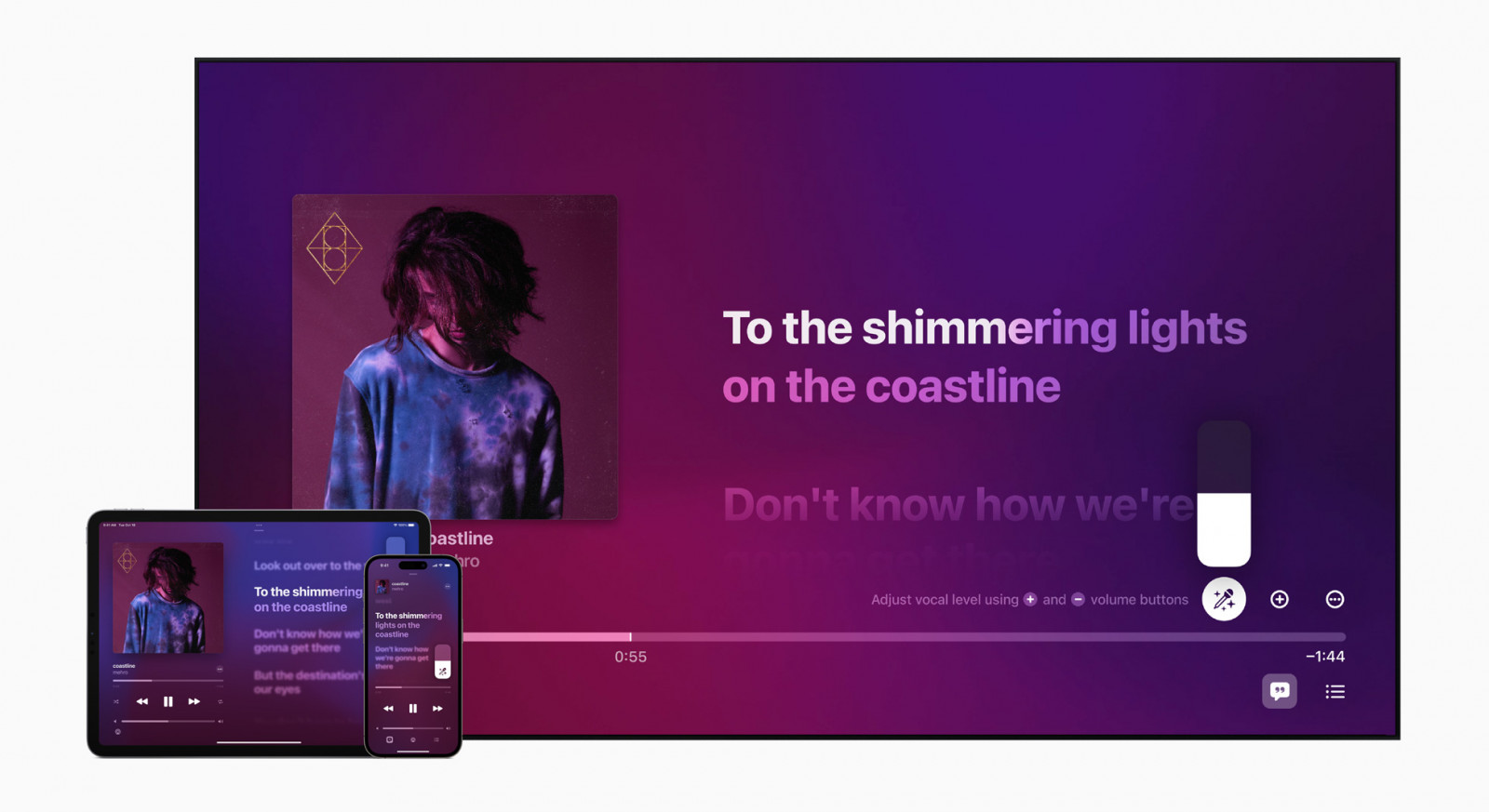
Party in the front, business in the back: Why Apple Music Sing is so savvy

